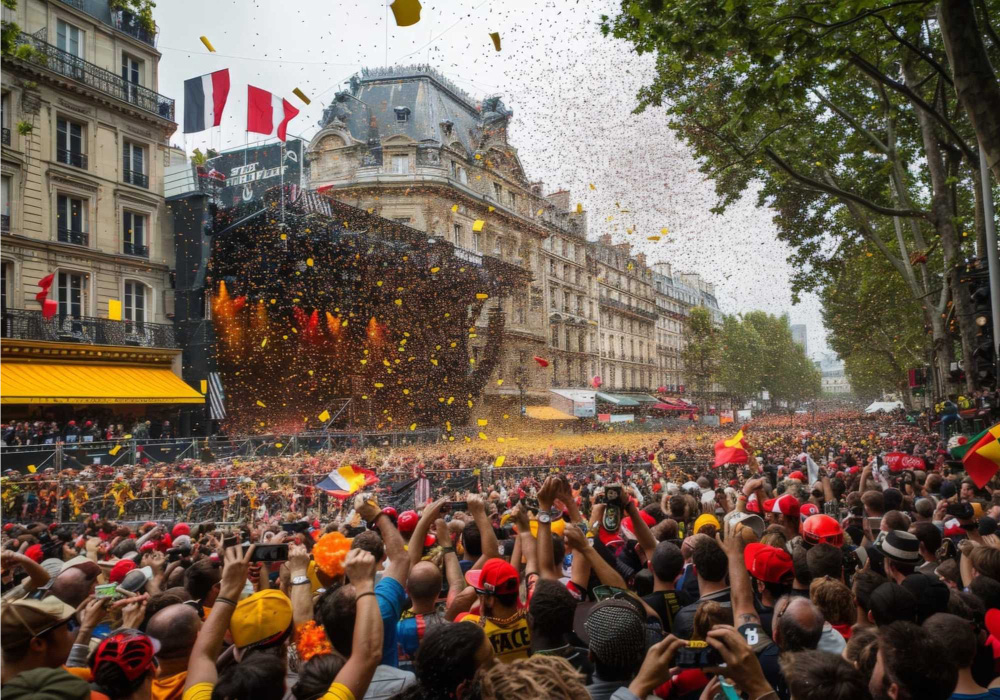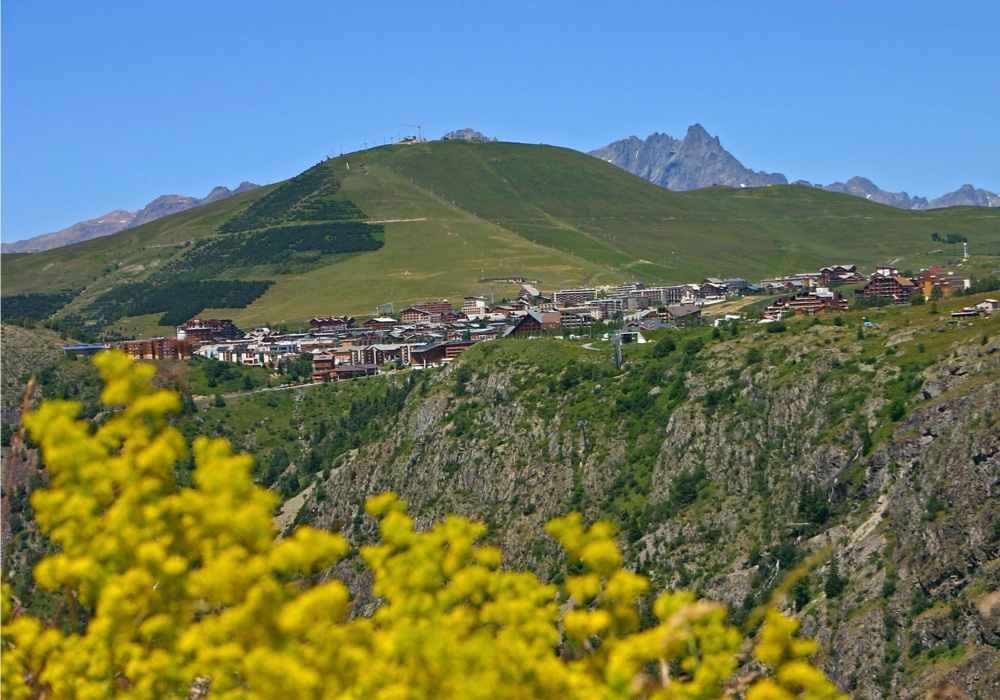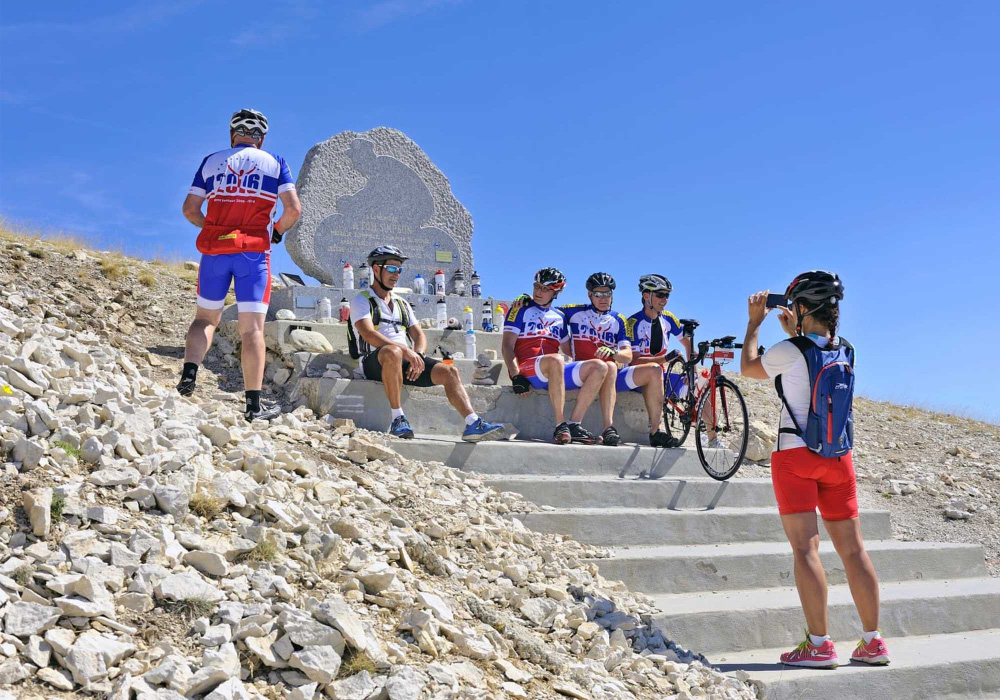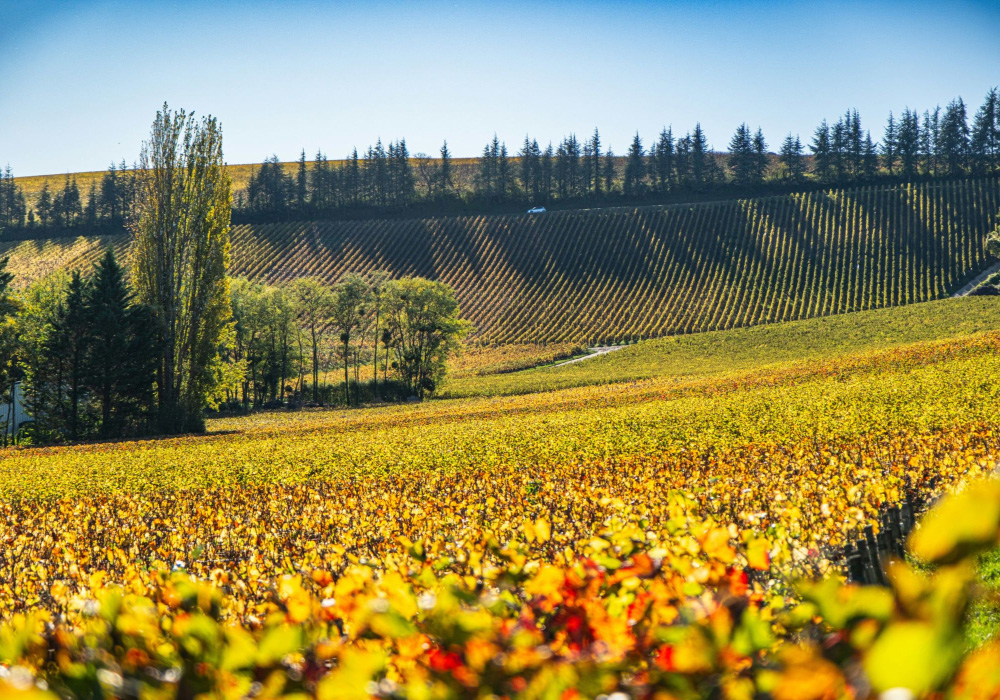Cycling the Tour de France route blends epic climbs, stunning scenery, and rich culture. Discover the adventure of riding like the pros through France’s most iconic landscapes.
Few cycling experiences rival the thrill of pedalling the same roads as the Tour de France. This legendary race isn’t just a test of athletic prowess—it’s a rolling celebration of France’s diverse landscapes, storied past, and passionate cycling culture. For amateur riders and dedicated fans alike, tackling even a portion of the route offers a chance to connect with the race’s enduring legacy while soaking in vistas that range from snow-capped peaks to lavender-filled valleys.
The Tour’s ever-changing course ensures no two years are alike, but certain climbs, sprints, and regions have become iconic. Whether you’re drawn to the brutal ascents of the Alps, the cobbled chaos of northern France, or the triumphant finish on the Champs-Élysées, each segment tells a story. Beyond the physical challenge, the journey invites you to explore medieval villages, indulge in regional delicacies, and witness landmarks that have shaped both the race and the country. Ready to embark? Here’s what makes this adventure unforgettable.
History of the Tour de France
Born in 1903 as a publicity stunt for the newspaper L’Auto, the Tour de France has grown into cycling’s most prestigious event. The inaugural race covered just six stages and 2,428 kilometres, a far cry from today’s 21-stage, 3,500-kilometer odyssey. Despite interruptions during both World Wars, the Tour endured, evolving with new jerseys, rules, and global fame.

Key milestones include:
- 1903: The first Tour, won by Maurice Garin.
- 1919: Introduction of the yellow jersey (maillot jaune) for the race leader.
- 1953: The green jersey (maillot vert) debuts for sprint points.
- 1975: The polka-dot jersey (maillot à pois) rewards climbing prowess.
The race’s routes have also shaped its identity. Mountain passes like the Col du Tourmalet and Alpe d’Huez have become hallowed ground, while finishes in Paris and occasional international Grand Départs highlight its cultural reach. For cyclists, riding these paths means tracing the tire tracks of legends—Eddy Merckx, Bernard Hinault, and more—while adding their own chapter to the Tour’s history.
Scenic routes: Mountains and valleys
The Tour de France route is a masterclass in contrasts—a breathtaking tapestry of lung-busting mountain ascents and tranquil valley recoveries that together create cycling’s ultimate adventure. One moment, you’re grinding up legendary climbs where thin air and roaring crowds test your limits; the next, you’re gliding through sun-drenched valleys where centuries-old vineyards, medieval villages, and lavender fields invite you to slow down and savour the journey.

These scenic routes don’t just connect the dots between France’s most iconic landscapes—they weave together the country's very soul, offering riders a front-row seat to its natural beauty, rich history, and vibrant culture. Whether you crave the adrenaline of conquering alpine cols or the quiet joy of pedalling past châteaux and sunflower fields, the Tour’s diverse terrain ensures every mile tells a story.
Mountain passes: The Tour’s legendary challenges
The high mountain stages represent the Tour's most dramatic theatre, where races are won and legends are made. These climbs test physical limits while offering some of Europe's most stunning alpine scenery. The experience of cycling these legendary ascents connects you directly with cycling history - you're following the exact same switchbacks where champions like Coppi, Anquetil, and Froome made their mark.
The most iconic climbs each have their own personality and challenges:
- Col du Tourmalet (2,115m): The Pyrenees’ "Giant," featuring gradients up to 10%.
- Alpe d’Huez (1,860m): Famous for 21 switchbacks and roaring crowds.
- Mont Ventoux (1,909m): A lunar-like summit dubbed "The Beast of Provence."

Here's how these legendary climbs compare:
| Climb | Elevation | Avg Gradient | Tour Appearances | Notable Feature |
|---|---|---|---|---|
| Alpe d'Huez | 1,860m | 8.1% | 30+ | 21 hairpin turns |
| Col du Tourmalet | 2,115m | 7.4% | 80+ | Highest Pyrenean pass |
| Mont Ventoux | 1,909m | 7.6% | 15+ | Moon-like summit |
Between these epic climbs, the route winds through postcard-perfect valleys where you can recover while soaking in pastoral beauty. The Dordogne region offers medieval villages perched above winding rivers, while Provence treats riders to endless lavender fields and the golden light that inspired Van Gogh.
Lush valleys: Recovery and beauty
While the Tour de France's legendary mountain passes steal much of the glory, the route's tranquil valleys offer equally magical experiences at a more forgiving pace. These pastoral landscapes serve as nature's recovery zones, where cyclists can spin easier gears through some of France's most enchanting scenery while soaking up centuries of history and culture. Each valley along the route boasts its own distinct personality, agricultural traditions, and architectural treasures that make for perfect mid-ride stops or leisurely rest day explorations.

The Loire Valley: Cycling through a storybook landscape
Known as "The Garden of France," the Loire Valley treats riders to a gentle cycling paradise where Renaissance châteaux appear around every river bend. The terrain here rolls rather than climbs, allowing you to recover while pedalling past:
- Vineyard-lined lanes producing world-famous Sancerre and Vouvray wines
- Majestic châteaux like Chambord (with its double-helix staircase) and Chenonceau (spanning the Cher River)
- Quaint villages with bustling weekly markets offering local goat cheese and rillettes
The valley's cycling infrastructure is superb, with dedicated "Loire à Vélo" routes following quiet country roads and converted towpaths. Stop to picnic with a baguette and a bottle of local wine beside the river - this is French cycling at its most civilized.
| Valley Feature | Not to Miss | Best Time to Visit |
|---|---|---|
| Châteaux | Villandry's geometric gardens | May-June for roses |
| Vineyards | Montlouis-sur-Loire cellars | September harvest |
| Cycling Paths | La Loire à Vélo route | Spring/fall for colors |
Dordogne: Prehistory meets Medieval splendour
The Dordogne Valley offers a journey through time, where cyclists can literally ride from prehistoric cave paintings to medieval fortress towns in a single day. The region's limestone cliffs and meandering river create a uniquely beautiful cycling environment:
- Lascaux IV - The stunning replica of prehistoric cave art
- Beynac-et-Cazenac - A perfectly preserved medieval village clinging to cliffs
- Truffle markets in Sarlat (winter months)
- Gentle river valleys perfect for easy spinning days
The cycling here mixes flat riverside routes with short, punchy climbs to hilltop villages. Reward your efforts with the region's famous duck confit and walnut-based desserts at a countryside auberge.
Provence: A sensory celebration
Provence's valleys deliver some of the Tour's most visually stunning and aromatically delightful stretches. When the route dips south from the Alps, riders are treated to:
- Endless lavender fields (peak bloom in late June/early July)
- Ancient olive groves with some trees over 1,000 years old
- Sunflower seas that turn entire valleys gold in summer
- Roman ruins like the Pont du Gard aqueduct
The light here has inspired artists for centuries, and you'll understand why as you pedal past ochre-coloured villages like Roussillon. Time your ride to coincide with weekly markets in towns like Apt or L'Isle-sur-la-Sorgue for the full Provençal experience.
Valley comparison table:
| Valley | Signature Sights | Best Cycling Season | Must-Try Food |
|---|---|---|---|
| Loire | Renaissance châteaux | May-October | Rillettes, goat cheese |
| Dordogne | Medieval villages | April-June, Sept-Oct | Duck confit, truffles |
| Provence | Lavender fields | June-July | Tapenade, melon |
These valleys provide more than just physical recovery - they offer cultural nourishment that enriches the entire Tour de France experience. Whether you're pausing to tour a Loire wine cellar, exploring a Dordogne cave, or breathing in Provence's lavender-scented air, these regions prove that some of cycling's greatest rewards come when you slow down to savour the journey.
Final thoughts
Cycling the Tour de France route represents the ultimate fusion of athletic challenge and cultural discovery. It's an experience that engages all your senses - the scent of alpine meadows after rain, the taste of a perfectly ripe peach bought at a roadside stand, the sound of cowbells ringing as you climb through mountain pastures, and the indescribable feeling of accomplishment when you crest a legendary col.
This journey offers something for every type of cyclist. For competitive riders, it's a chance to test yourself against the same mountains that make or break the pros. For touring cyclists, it's an endlessly varied route through some of Europe's most beautiful landscapes. And for Francophiles, it's the ultimate slow travel experience - a way to see France from its backroads rather than through train windows.
The Tour de France route isn't just about following in the tracks of champions - it's about creating your own personal legend. Whether you ride a single iconic climb, trace an entire stage, or craft your own multi-day adventure through different regions, you'll come away with stories to last a lifetime and a profound connection to cycling's greatest race. The roads are waiting - all you need to do is start pedalling.



Comments powered by CComment